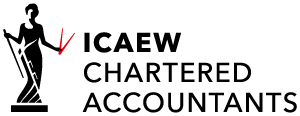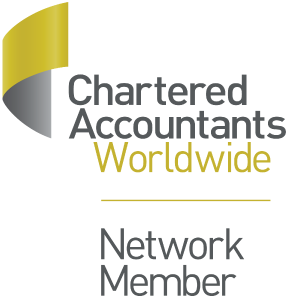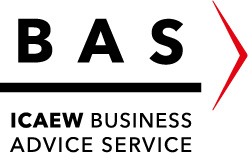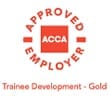
NIC and company directors
Special rules apply to company directors when it comes to calculating their Class 1 National Insurance liabilities.
Why the rules
Directors, particularly of personal and family companies, can control how and when they are paid and, in the absence of special rules, would be able to reduce their Class 1 National Insurance liability by manipulating the earnings period rules. The rules circumvent this.
Annual earnings period
Company directors have an annual earnings period for National Insurance regardless of their actual pay frequency. This means that if they do not opt to apply the alternative arrangements, their National Insurance liability is calculated cumulatively by reference to the annual thresholds.
For 2021/22 these are as follows:
| Annual threshold | |
| Lower earnings limit | £6,240 |
| Primary threshold | £9,568 |
| Upper earnings limit | £50,270 |
Example
A director is paid £8,000 a month. In month 1, he pays no National Insurance as his earnings are below the annual primary threshold of £9,568.
In month 2, his earnings for the year to date are £16,000. By applying the annual thresholds, his total liability on his earnings to date of £16,000 is £771.84 (12% (£16,000 – £9,568)). As he paid no National Insurance in month, his liability for month 2 is £771.84.
For months 3 to 6 inclusive, his earnings for the year to date fall between £9,568 and £50,270. Consequently, he pays employee’s National Insurance at 12% on his earnings for the month of £8,000, equal to £960 each month.
In month 7, his earnings for the year to date are £56,000 (7 months @ £8,000 a month), on which total contribution of £4,998.84 (12% (£50,270- £9,568)) + 2% (£56,000 – £50,270)) are due. He has already paid £4,611.84 (£771.84 + (4 x £960)), leaving £387 due for the month.
As his earnings for the year have now exceeded the upper earnings limit, he will pay National Insurance at the rate of 2% of all future payments – a liability of £160 per month.
Applying the annual earnings period rules means that the contribution liability falls unevenly throughout the year. The liability for the year is £5,798.60 ((12% (£50,270 – £9,568) + ((2% (£96,000 – £50,270))).
Alternative arrangements
As seen in the example above, calculating the liability by reference to the annual thresholds on a cumulative basis each time the director is paid means that their pay is uneven throughout the year. To overcome this, the director can opt for their National Insurance to be calculated throughout the year on their earnings for each earnings period using the relevant thresholds for the earnings period, as for employees who are not directors, with an annual recalculation on an annual basis at the end of the year.
If this basis is adopted, the director in the above example would pay National Insurance of £483.26 (12% (£4,189 – £797)) + (2% (£8,000 – £4,189))) each month for months 1 to 11, with a final payment of £482.74 in month 12.
Over the course of the year, the annual liability (£5,798.60) is the same which-ever method is used, but collected differently.
Directors can choose the method that suits them best.
For more information of NIC and company directors, Book a free consultation
Need Accountancy Support?
For information on bespoke training, or if you have any other questions for Makesworth Accountant, please fill in your details below




















 150
150